Foundations, road and tombs suggest site is 9,000 years old, Fang Aiqing reports.
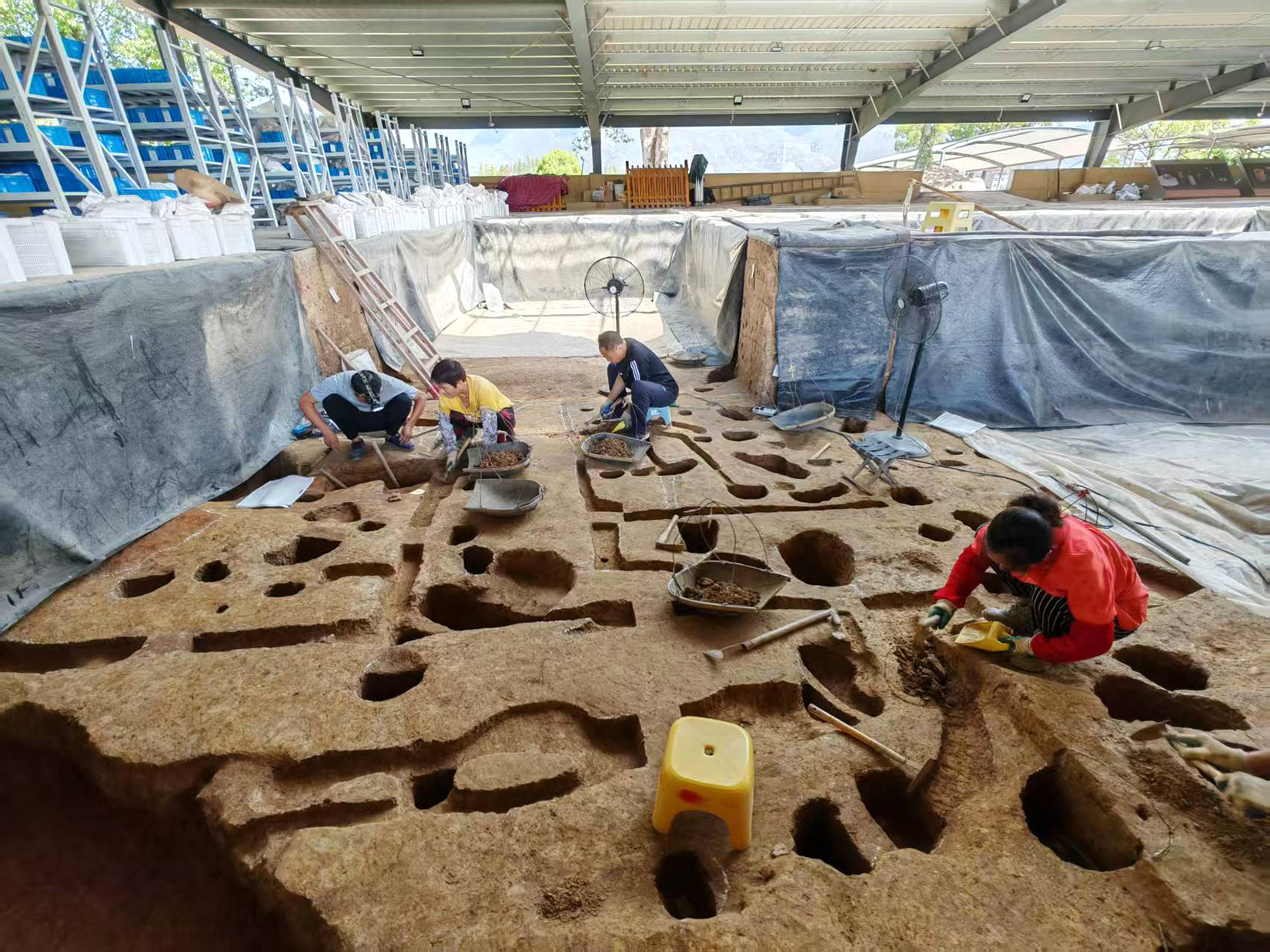
At Xiatang village in Xianju county, East China's Zhejiang province, remains of a primitive village more than 9,000 years old have been discovered. There, residents of this ancient settlement cultivated rice, built houses, and fired pottery over a span exceeding 5,000 years.
Excavations conducted in 2018 and from 2022 to 2024 that cover an area of 2,250 square meters — less than one-third the size of a standard soccer field — have revealed the general layout of the village. Various necessary components of an agricultural society, such as house foundations, a food processing base, a ditch, a road and tombs, have been found.
Chen Xingcan, a researcher at the Institute of Archaeology, Chinese Academy of Social Sciences, says: "The Xiatang archaeological site is one of China's earliest known settlements with agricultural practices. It presents a panoramic view of the settlement forms and structures of an early agricultural society, providing a vital specimen for studying the early rice farming societies in southern China."
READ MORE: Breakthrough findings span from Paleolithic period to Qing Dynasty
In late April, the site was included among the country's top 10 archaeological discoveries for 2024, jointly released by the China Cultural Relics News and the Society for Chinese Archaeology. The annual list is recognized as one of the highest domestic honors in archaeology.
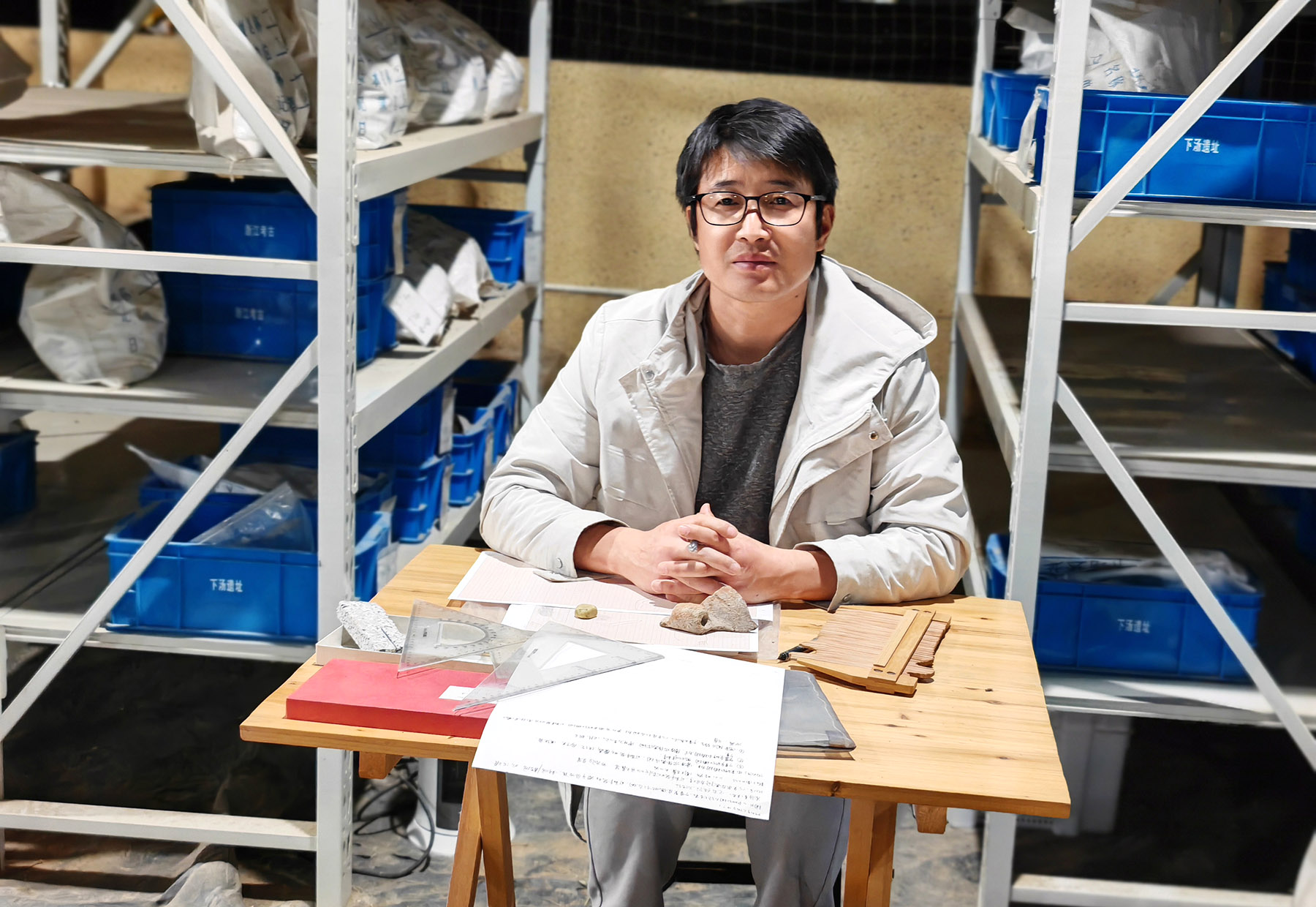
Discovered in 1984, the Xiatang site is located at the center of a basin, elevated 1 to 2 meters above the surrounding farmland and covering an area of around 30,000 sq m. It's flanked by rivers on the east and west, and around 2 kilometers to its south is the Lingjiang River, Zhejiang's third-largest water system.
Cultural layers of the site — referring to stratified soil and material deposits with each layer representing a distinct period of human activities — has reached 2.5 meters, encompassing the periods of Shangshan (c. 8000-6500 BC), Kuahuqiao (c. 6300-5200 BC), Hemudu (c. 5000-3300 BC) and Haochuan (c. 2500-2000 BC) cultures.
Zhong Zhaobing, a research librarian at the Zhejiang Provincial Institute of Cultural Relics and Archaeology, leads the excavations of Xiatang. He says that the site is unique across China as this single ancient settlement lasted 5,000 years and spanned the entire Neolithic period.
"It serves as crucial evidence for the independent origin and continuous development of China's 10,000 years of cultural history," he adds.
While rice farming originated in the Yangtze River Basin, the Shangshan culture — the earliest known Neolithic culture in the lower reaches of Yangtze River — is considered the cradle of the cultivation.
A research team led by Lyu Houyuan from the Institute of Geology and Geophysics at the Chinese Academy of Sciences found that wild rice was prevalent at the regions influenced by Shangshan culture as early as around 100,000 years ago. About 13,000 years ago, human ancestors started to grow rice, and around 2,000 years after that, domesticated rice emerged. The findings were published by the international academic journal Nature in May 2024.
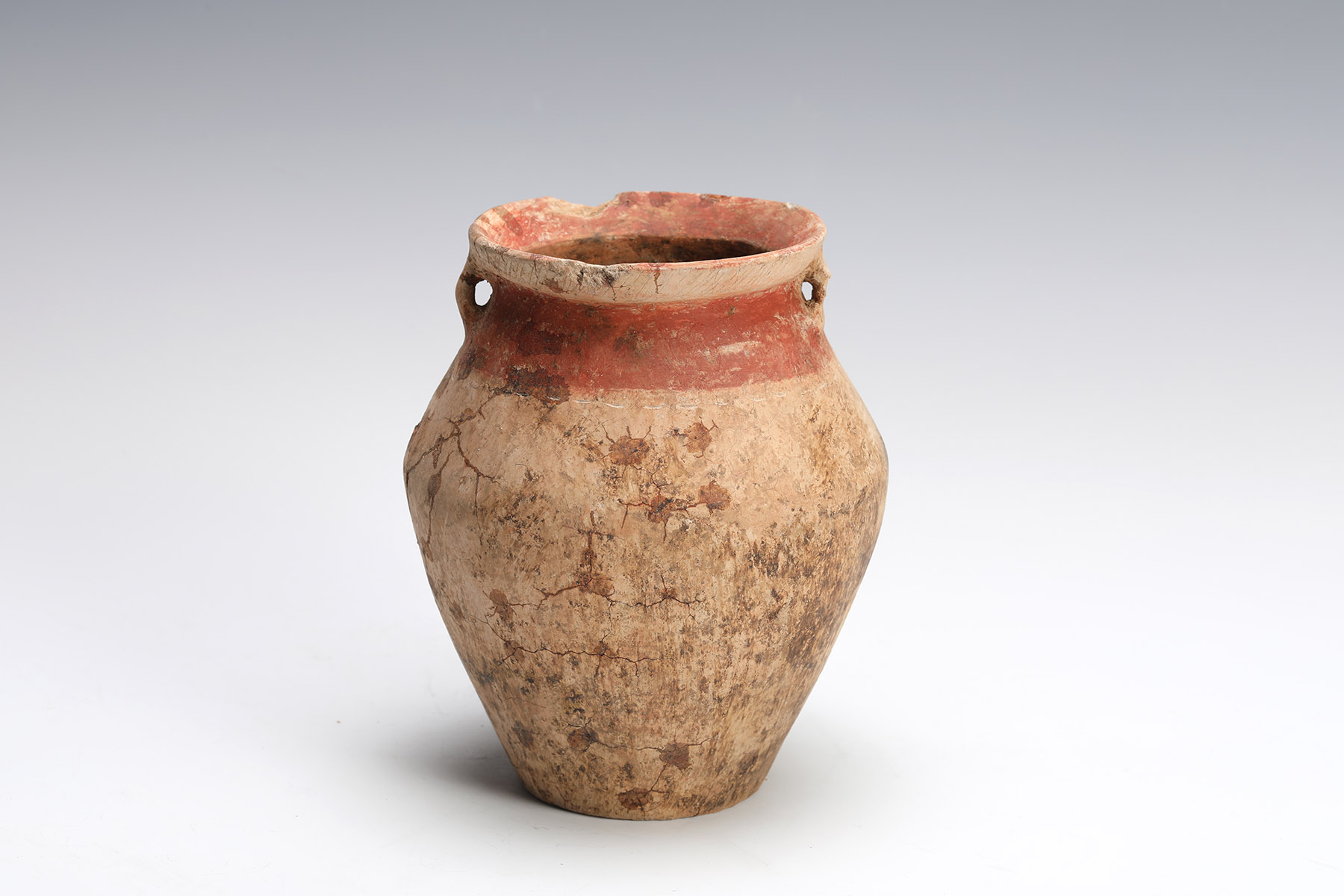
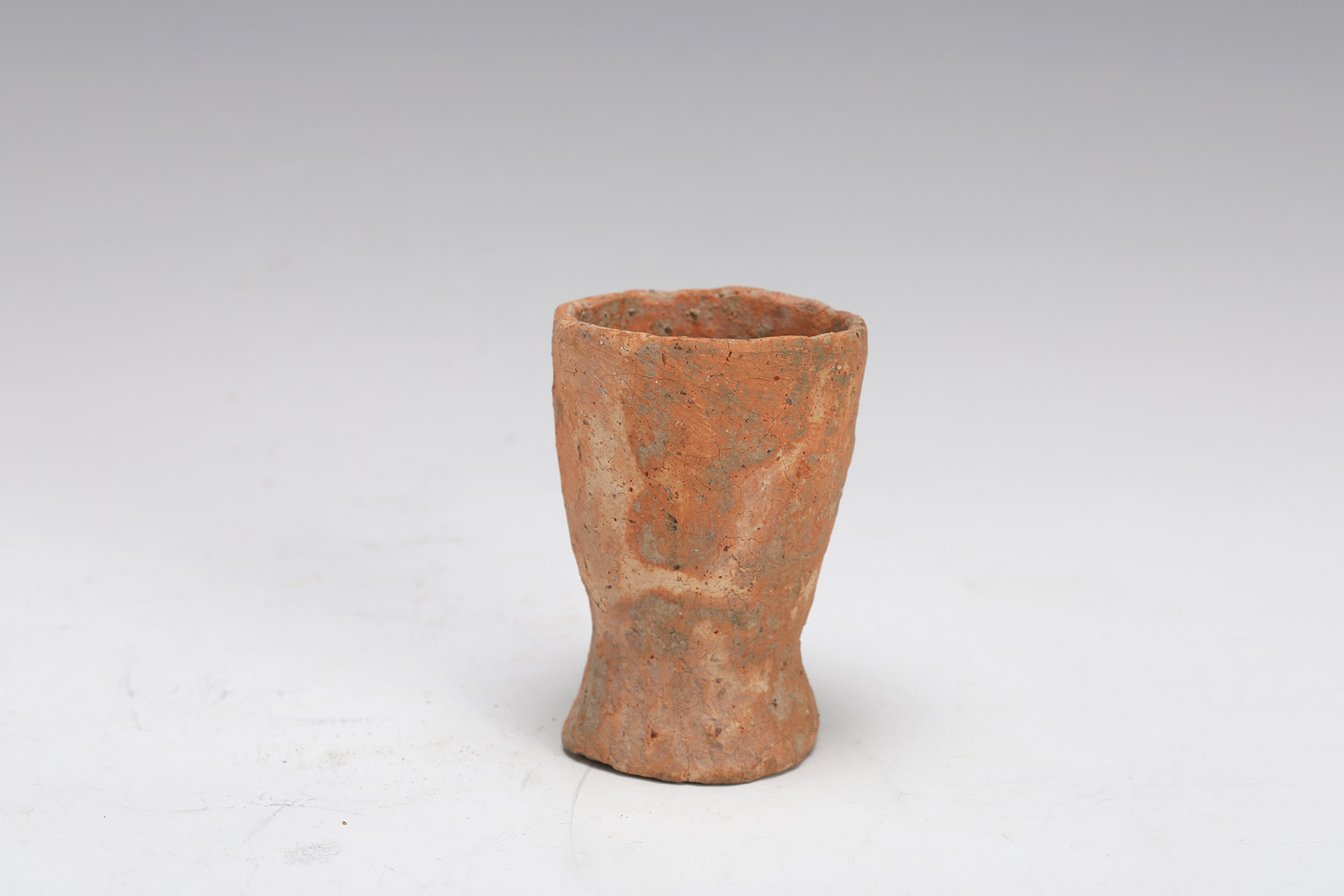
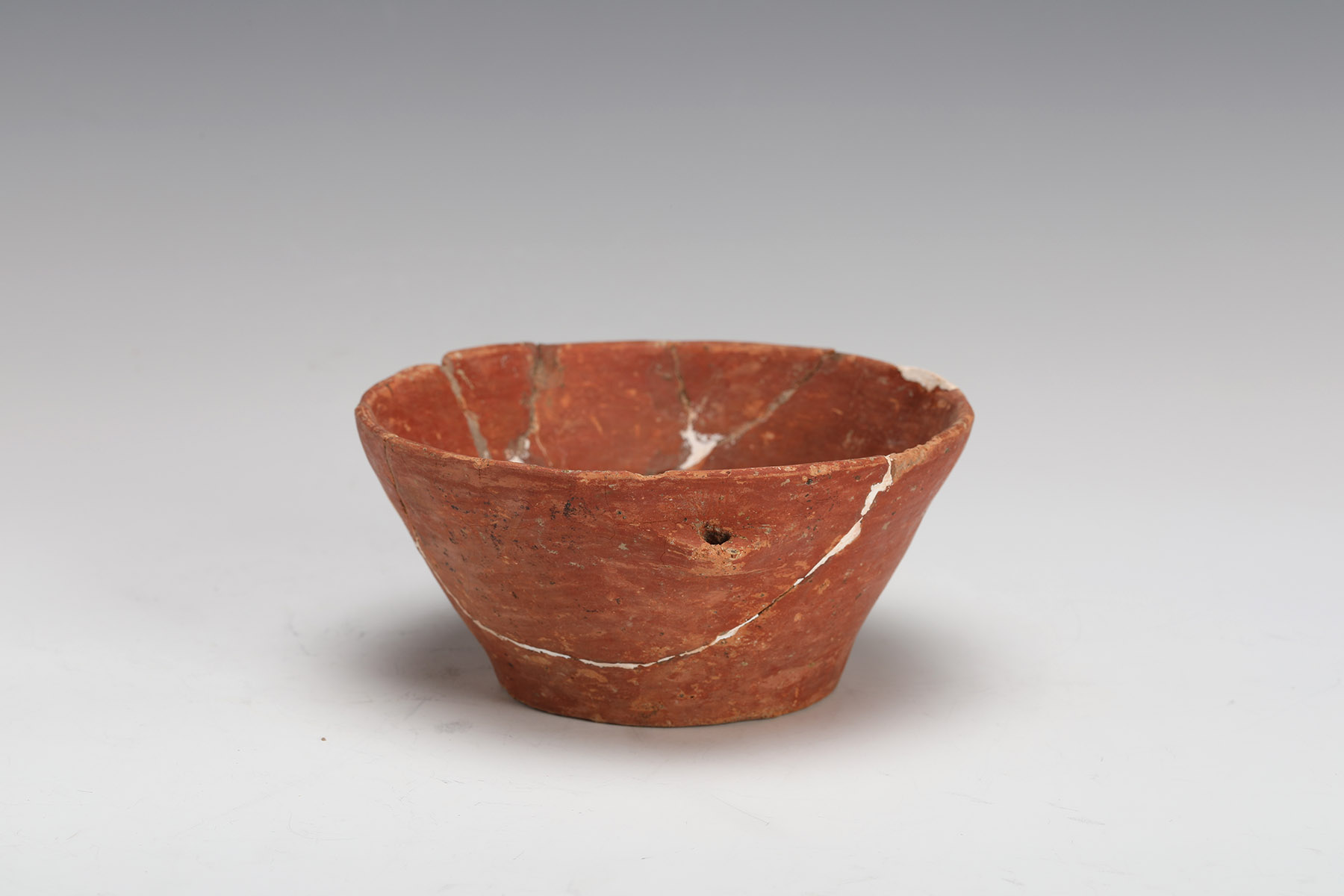
Xiatang is the southernmost of the 24 sites associated with the Shangshan culture. Echoing with Lyu's research, at Xiatang, wild rice dating back around 15,000 to 30,000 years has been discovered, while domesticated rice constitutes 75 percent of the rice remains found in the soil deposits of the Shangshan culture, Zhong says.
According to him, the Xiatang site reveals the layout and evolution of the settlement during the mid to late period of Shangshan culture.
Enclosed by the moat is a large terrace at the center with remnants of four mid-Shangshan culture house foundations — either circular or rectangular, possibly with fence-like facilities — a food processing base, a ditch and a road.
This central terrace is surrounded on its northern and eastern sides by a dozen smaller elevated earthen platforms, where one mid- and two late-Shangshan culture house foundations and three high-level late-Shangshan culture tombs have been found. On the outskirts of the site, archaeologists have also discovered relics of rice fields dating back more than 4,000 years.
Analysis into the leftover traces on the many millstones unearthed from the food processing base shows that ancient Xiatang residents developed a variety of diet: rice, acorns and coix seeds, apart from pork, deer, fish and freshwater shellfish.
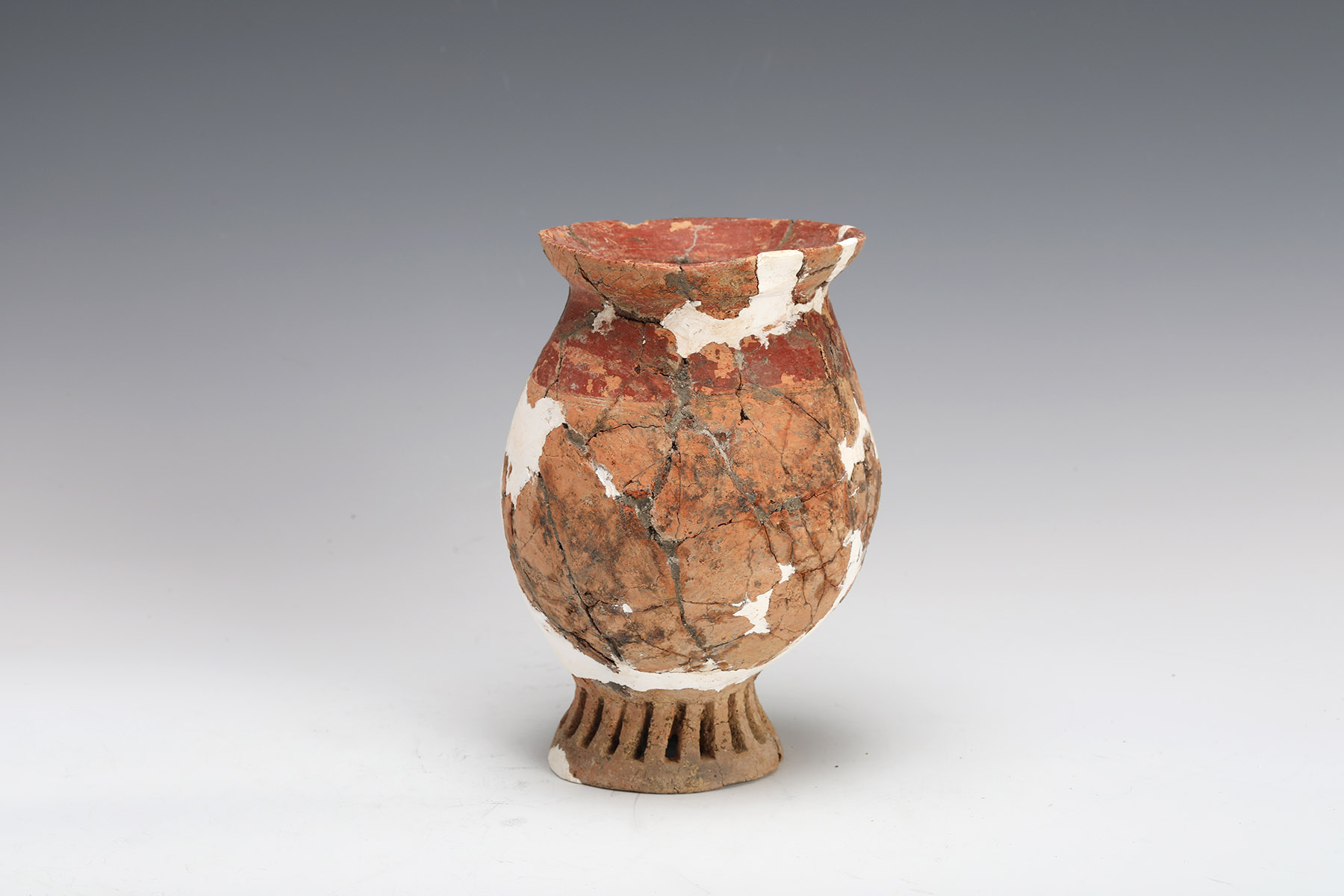
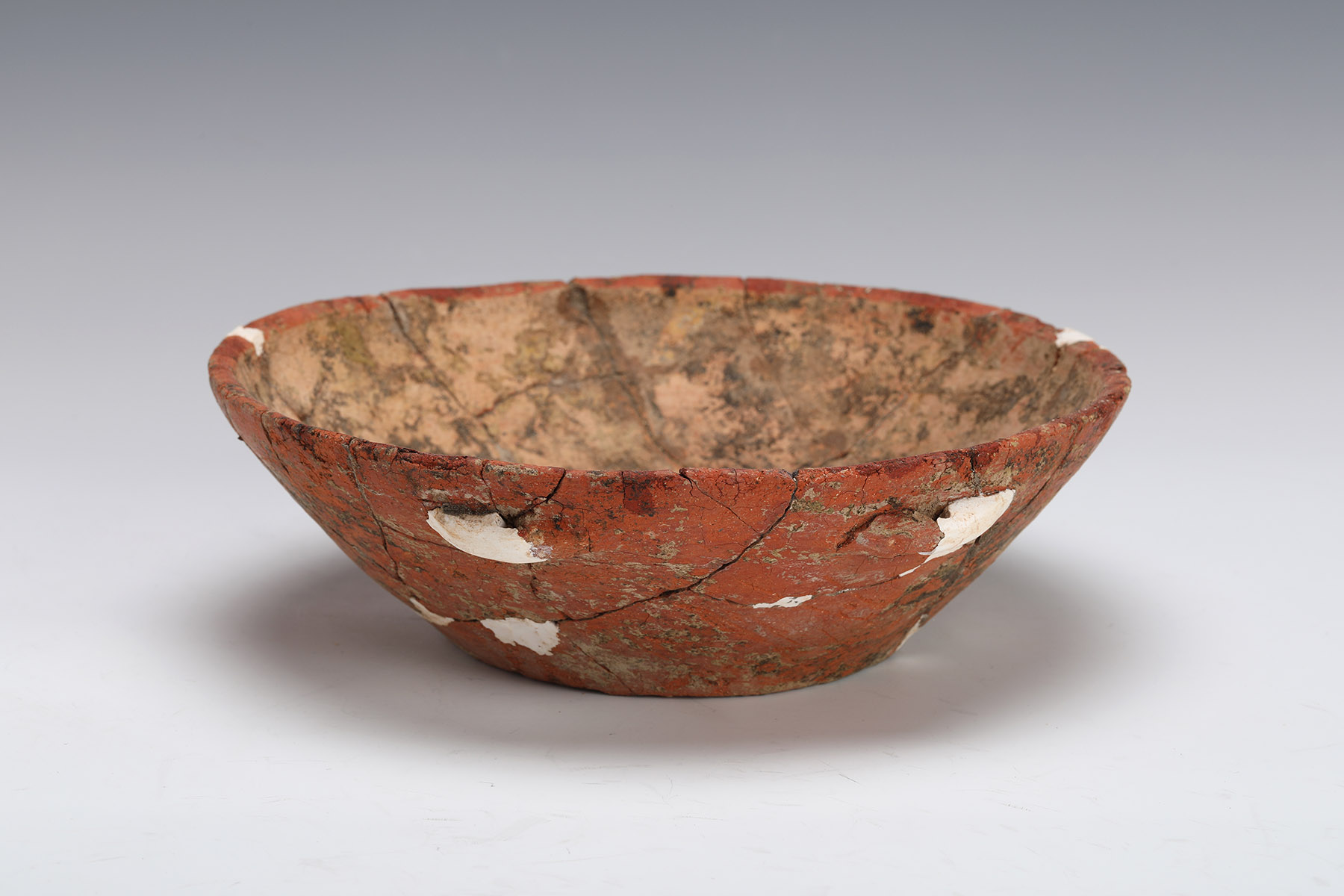
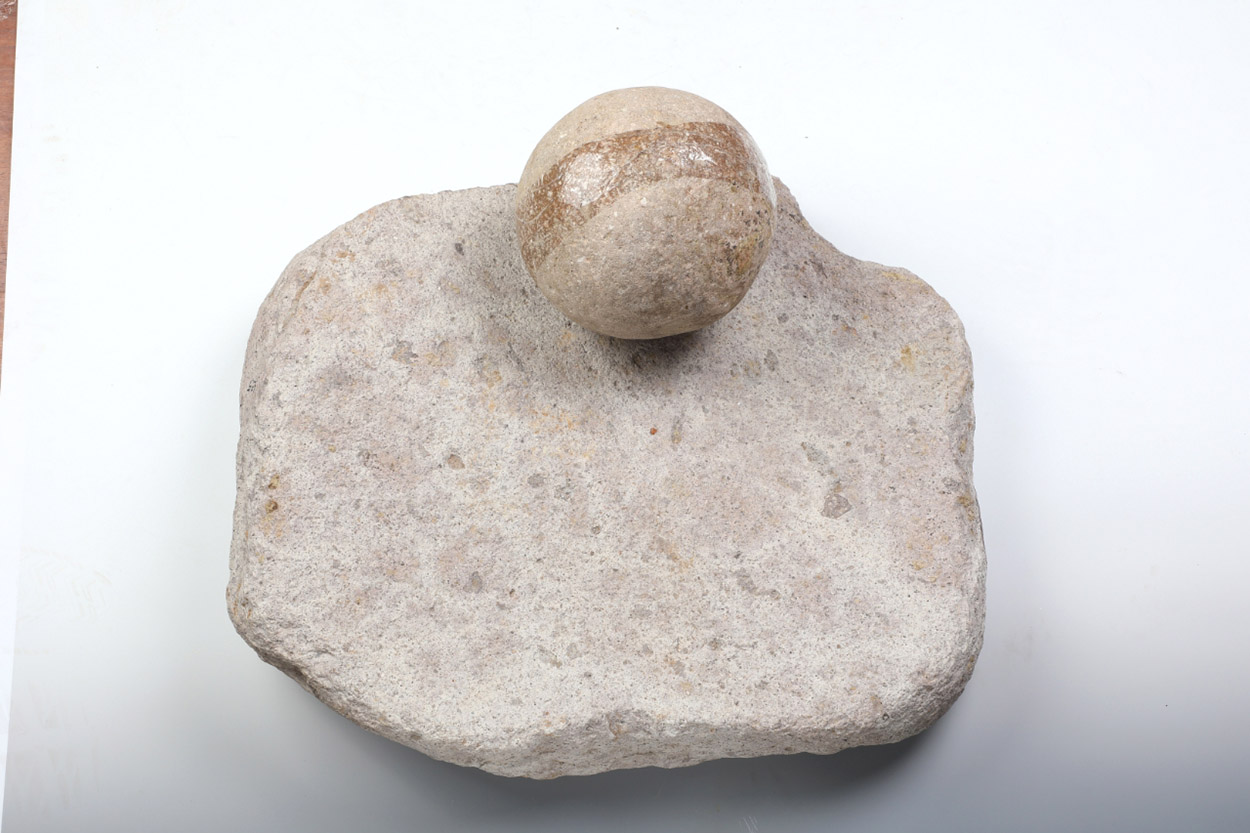
Zhong says the elevated earthen platforms, each being relatively independent and equipped with production, living and ritual facilities, may have represented the basic social organizational units within the ancient village. The central terrace, on the other hand, was likely to have served a public function.
Besides diverse stone tools for farming and handling food, around 400 pottery pieces in various shapes and sizes, such as large-mouthed basins, flat-bottomed jars, bowls and cups, form another highlight of the Xiatang site. Ancient artisans would paint pottery bodies with red pigment made from hematite, or decorate them with stripe patterns before firing them.
Notably, clay mixed with rice husks was applied to strengthen some of the pottery items.
The pottery pieces are typically stored in groups within various pits. "Pottery ware pits are a significant feature of Shangshan culture, although their functions remain unknown," Zhong says.
In one of these 50 pits, there's a large pottery pot containing 15 smaller pieces of ware. The pot, which stands 46 centimeters tall and has a wall thickness of 1.6 cm, and whose mouth has a diameter of 46 cm, the belly 40 cm and base 20 cm, is the largest of its kind discovered at Shangshan cultural sites. Archaeologists speculate that the pot may have been used for cellaring, sacrificial or burial purposes.

Moreover, the three high-level tombs were each buried with more than 20 pottery items, indicating the emergence of social stratification around 8,500 years ago, according to Zhong.
The academic community used to believe that complex social structures supported by a rice-farming economy were formed in the mid to late Neolithic period, exemplified by Zhejiang's Liangzhu culture which thrived around 5,300 to 4,300 years ago.
The discovery at Xiatang has pushed the starting point of social differentiation much further back, says Wang Wei, a veteran CASS archaeologist.
ALSO READ: Soulful tunes of an antique land
Supported by the National Cultural Heritage Administration, Zhejiang, Hunan and Jiangxi provinces jointly started a research program in 2022 to study the formation of early rice farming societies in the middle and lower reaches of the Yangtze River. The Xiatang site has been included into this program since 2023.
According to Zhong, further excavations at the Xiatang site are planned for the next five years. This year, efforts will be focusing on uncovering parts of the earthen platforms to the east of the central terrace to thoroughly study their contents, layout and function.
Contact the writer at fangaiqing@chinadaily.com.cn


